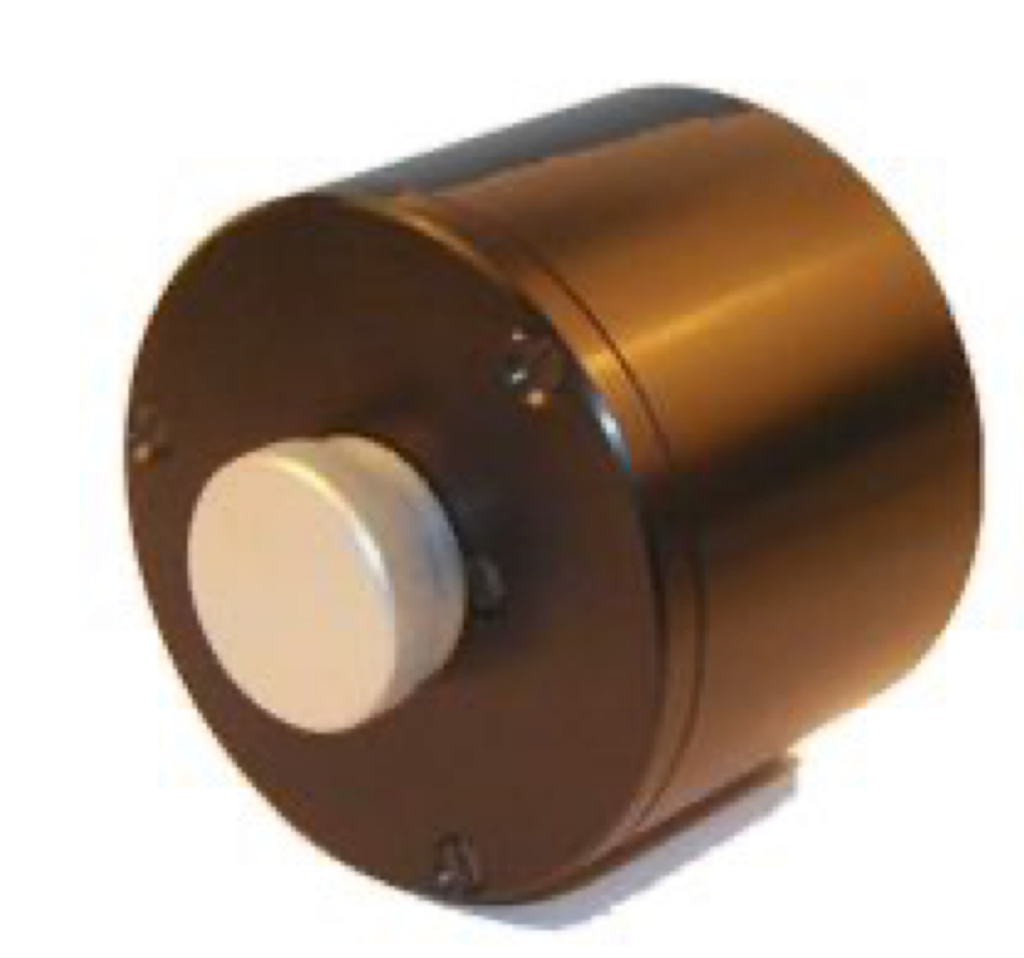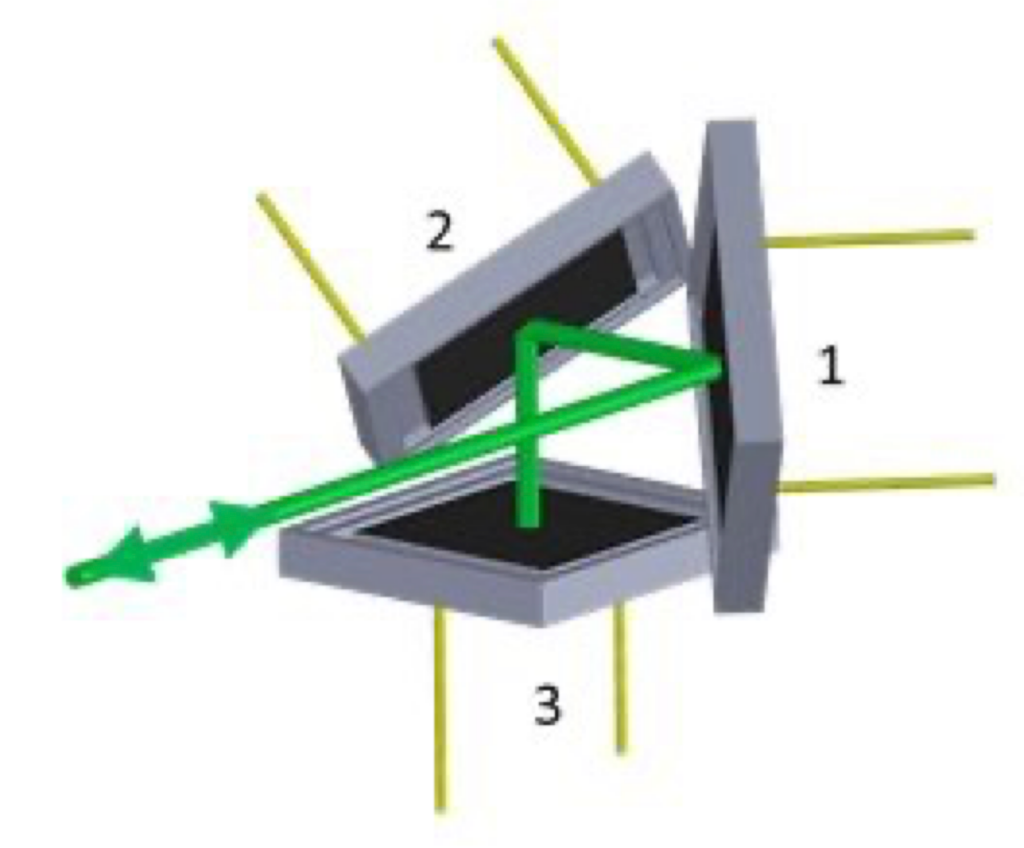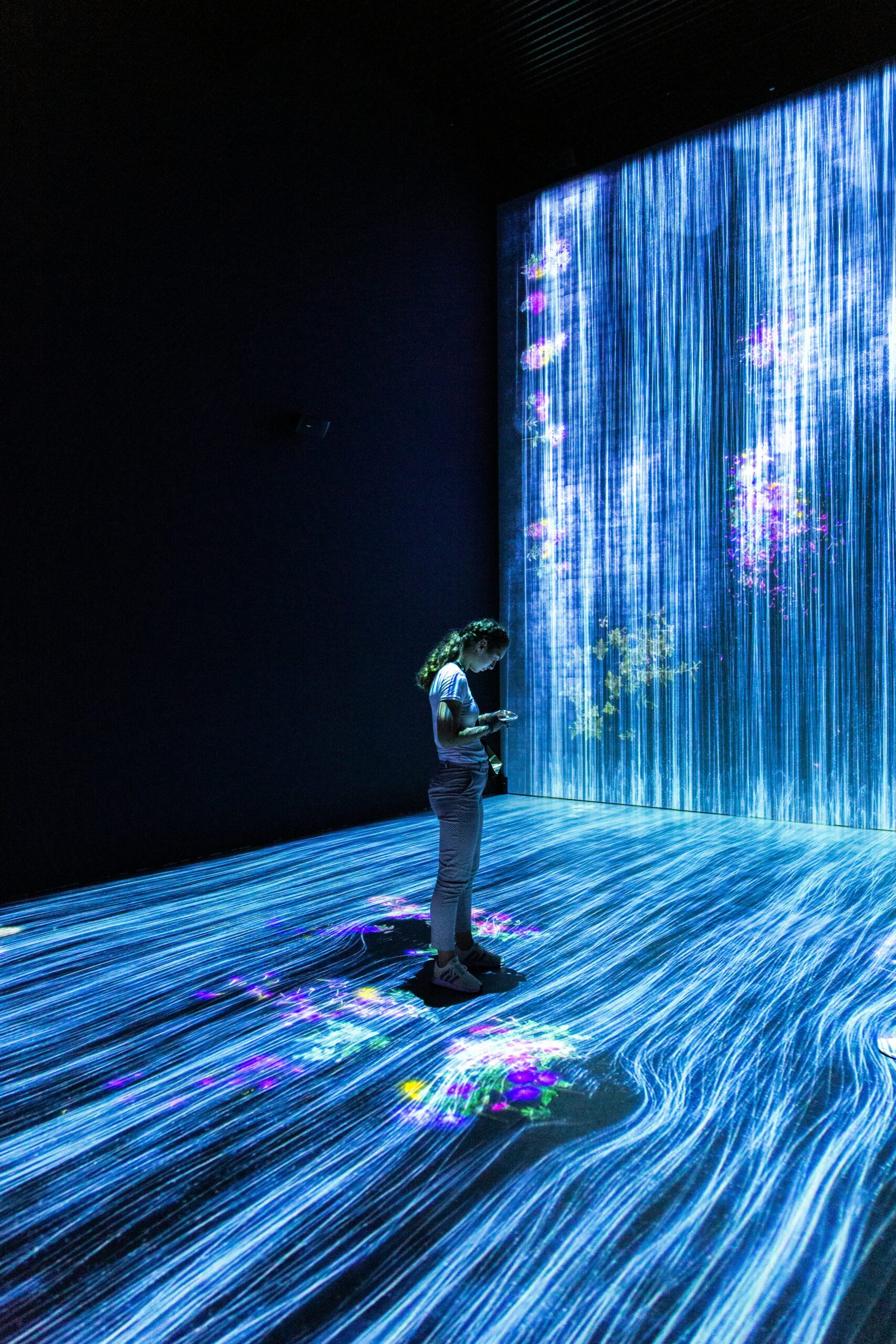Trap detectors for accurate optical power measurements
At research and development division, we design and construct special photodetectors, so-called trap detectors. Our portfolio includes production of reflection- and transmission-type detectors consisting of 3, 4, 6 and 10 photodiodes. We use high-quality photodiodes with active area of 10×10 mm2 or 18×18 mm2 assembled in polarisation-independent configuration in the detectors. The trap detectors have an option of mounting valves to supply dry nitrogen or air flow. We can also provide with stabilised-temperature filter radiometers based on trap detectors.
Our research interests are in studies and applications of trap detectors in ultraviolet (5-element trap detector) and in infrared (2-element trap detectors) wavelength ranges, also.


The benefits of multi-photodiode detectors:
- low reflection/transmittance losses
- large active area
- uniform responsivity over active area
- predictable reflection/transmission in the visible wavelength range
For further information contact us:
- Toomas Kübarsepp toomas.kubarsepp@metrosert.ee
- Meelis-Mait Sildoja meelis-mait.sildoja@metrosert.ee
A selection of related publications:
- Toomas Kübarsepp, Petri Kärhä, and Erkki Ikonen, “Characterization of a polarization-independent transmission trap detector,” Appl. Opt. 36, 2807-2812 (1997)
- Toomas Kübarsepp and Malcolm White, “Ten-element photodetector for optical power and attenuation measurements,” Appl. Opt. 49, 3774-3779 (2010)
- A. Vaigu et al, Compact two-element transmission trap detector for 1550 nm wavelength, Meas. Sci. Technol., 26, 1-6 (2015)
- M.M. Sildoja et al, High efficiency five-element trap detector with low optical losses, Journal of Physics: Conference Series, Volume 2149, 14th International Conference on New Developments and Applications in Optical Radiometry (NEWRAD 2021) 21-24 June 2021, NIST, Boulder, USA
